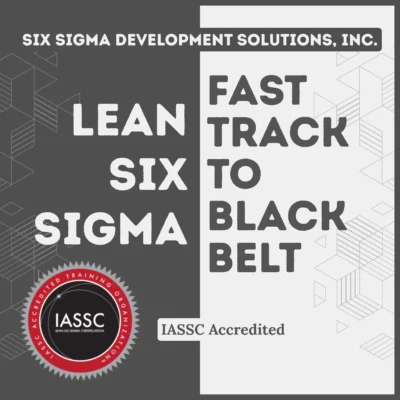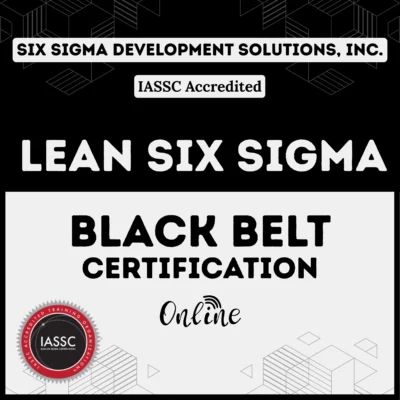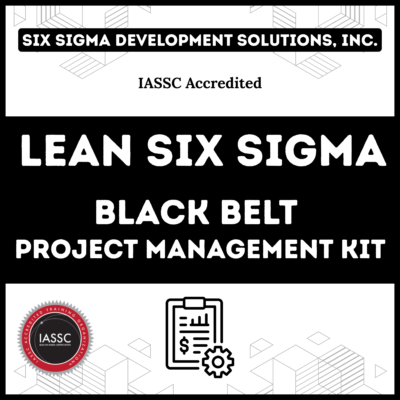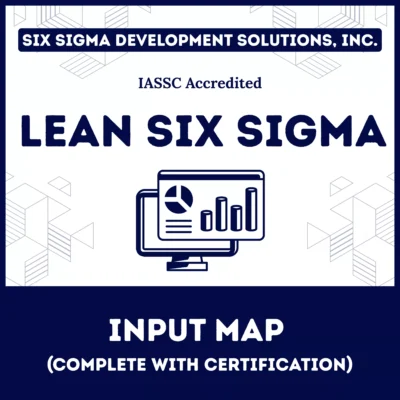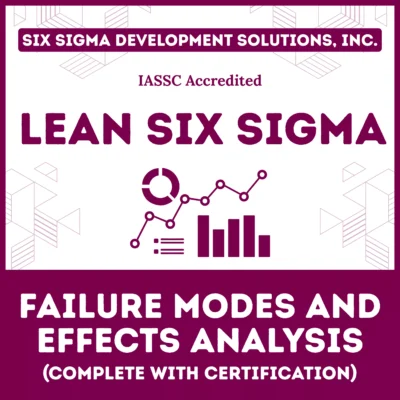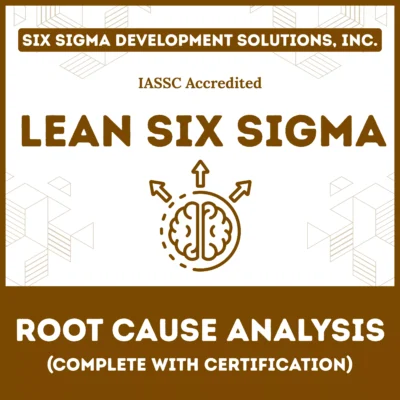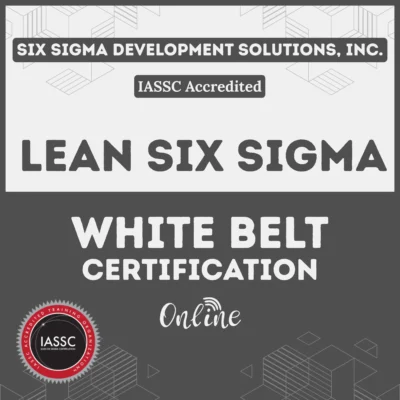Activity based costing represents a sophisticated cost allocation methodology that assigns overhead expenses to products and services based on the actual activities required to produce them. Unlike traditional systems that rely on volume-based allocation, the ABC method traces costs through specific business activities.
The basis of the activity-based costing method is a fundamental premise: products consume activities, and activities consume resources. This relationship forms the foundation for more accurate cost assignment than conventional approaches can provide.
In 2023, a study by the Institute of Management Accountants revealed that 60% of companies using activity based costing (ABC) reported better cost management decisions, leading to a 15% average reduction in overhead costs. This powerful abc method is revolutionizing how businesses allocate costs, moving beyond outdated methods to deliver precise insights.
Table of contents
What is Activity-Based Costing?
Activity based costing (ABC) is a cost accounting method that assigns overhead and indirect costs to specific activities within a business process. By identifying, assigning, and tracing activities—the first step in applying activity-based costing—companies can pinpoint what drives costs and allocate them accurately to products, services, or customers.
Unlike traditional vs activity based costing, where overhead is spread broadly (often based on labor hours or machine time), ABC uses cost drivers to link costs to activities, ensuring a fairer distribution.
For instance, imagine a factory producing two products: a simple widget and a complex gadget. Traditional costing might allocate overhead equally, but ABC recognizes that the gadget requires more setup time and inspections, assigning higher costs to it. This precision makes abc accounting a game-changer for businesses seeking transparency.
Public, Onsite, Virtual, and Online Six Sigma Certification Training!
- We are accredited by the IASSC.
- Live Public Training at 52 Sites.
- Live Virtual Training.
- Onsite Training (at your organization).
- Interactive Online (self-paced) training,
Core Components of the ABC System
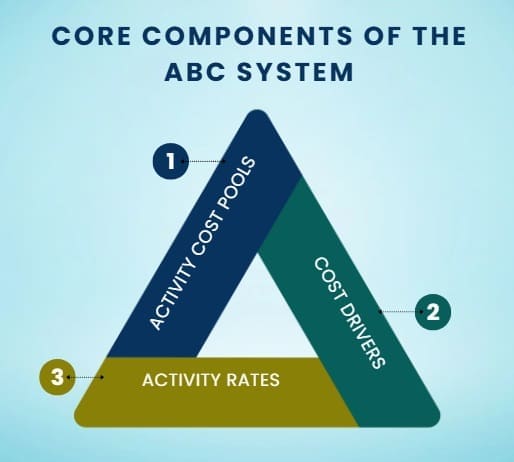
The activity based costing system operates through several interconnected components that work together to create precise cost allocation:
Activity Cost Pools: These represent collections of overhead costs associated with specific activities. Examples include machine setup, quality inspection, material handling, and customer service. Each pool accumulates costs related to a particular business function.
Cost Drivers: These factors cause changes in activity costs. Cost driver examples include number of setups, inspection hours, material movements, and customer orders. Selecting appropriate drivers ensures accurate cost allocation.
Activity Rates: These calculations determine the cost per unit of activity. Activity rates are determined by dividing total activity cost pool expenses by the total quantity of cost driver units consumed.
Why ABC Matters?
The activity based costing definition centers on understanding what drives costs. By focusing on activities—such as machine setups, quality checks, or order processing—ABC reveals the true cost of producing a product or delivering a service. This clarity empowers managers to optimize processes, cut waste, and make informed pricing decisions.
Also Read: What is Failure Rate?
How Activity Based Costing Works?
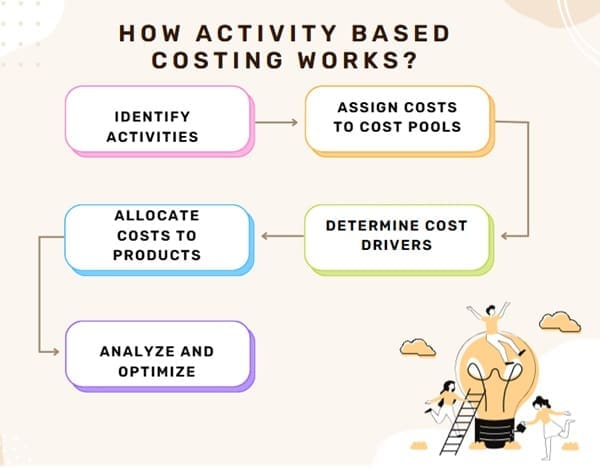
The abc process is methodical, breaking down costs into manageable pieces. Here’s how it unfolds:
1. Identify Activities
The first step in the activity based costing system is to list all activities driving overhead. Activities causing overhead include machine setups, inspections, material handling, or customer service interactions. For example, a hospital might identify patient admissions, diagnostic tests, and billing as key activities.
2. Assign Costs to Cost Pools
In first-stage allocation, costs are grouped into cost pools—categories like labor, equipment, or utilities tied to specific activities. For instance, a cost pool for machine setups might include technician wages and maintenance costs.
3. Determine Cost Drivers
Cost driver examples include the number of setups, hours of machine use, or customer orders. These drivers measure how much each activity is used. The activity rate formula—cost pool total divided by cost driver units—calculates the cost per activity. For example, if setup costs are $10,000 for 100 setups, the activity rate is $100 per setup.
4. Allocate Costs to Products
Using the activity based costing formula, costs are traced to products based on their use of activities. If a product requires 10 setups, it’s assigned $1,000 (10 × $100) from the setup cost pool. This ensures costs reflect actual resource consumption.
5. Analyze and Optimize
With costs allocated, managers can identify high-cost activities, streamline processes, or adjust pricing. This step is critical for time driven activity based costing (TDABC), a variation that simplifies ABC by focusing on time as a cost driver.
Activity Based Costing vs. Traditional Costing
To appreciate activity-based costing vs traditional costing, let’s compare:
- Traditional Costing: Allocates overhead using a single rate (e.g., labor hours). This can distort costs, especially for complex products. For example, a low-volume, high-complexity product might appear cheaper than it is, leading to poor pricing decisions.
- Activity Based Costing: Uses multiple cost drivers to allocate costs based on activities. This ensures accuracy, especially for diverse product lines or services. For instance, abc in healthcare might reveal that complex surgeries consume more resources than routine checkups, guiding better budgeting.
Difference Between Activity Based Costing and Traditional Costing
| Feature | Activity Based Costing (ABC) | Traditional Costing |
| Cost Allocation Basis | Allocates overhead costs based on multiple activities and cost drivers | Allocates overhead based on a single cost driver, often direct labor or machine hours |
| Accuracy | More accurate; traces actual resource usage and activities | Less accurate; overhead is spread uniformly which can distort product costs |
| Cost Drivers | Uses multiple cost drivers specific to activities causing costs | Uses volume-based drivers like labor hours or machine hours |
| Complexity | More complex to implement and maintain due to required data collection | Simpler and easier to implement and use |
| Overhead Understanding | Provides detailed insight into what activities consume resources and why | Less visibility into why costs occur and less control over overheads |
| Suitability | Best for companies with diverse products or complex overheads | Best for companies with homogeneous products and simpler overhead |
| Decision Making | Supports better pricing, product mix, and cost control decisions | May lead to less accurate pricing and decisions due to cost distortions |
| Treatment of Non-Manufacturing Costs | Can assign non-manufacturing costs as well as manufacturing overhead | Typically only allocates manufacturing overhead to products |
| Cost Allocation Process | Two-stage: overhead assigned to activities, then activities to products | Usually two-stage but assigns overhead directly to products or departments |
| Handling Idle Capacity | Does not allocate idle capacity costs to products | Often allocates idle capacity to products, causing cost distortion |
| Resource Consumption Focus | Activity and process driven | Cost driven by volume or labor inputs |
Traditional vs activity based costing shows ABC’s strength: it uncovers hidden costs, making it ideal for industries with varied processes, like manufacturing, retail, or activity based workplace settings.
Benefits of Activity-Based Costing
The advantages of activity based costing are transformative. Here are the key benefits of abc costing:
1. Enhanced Cost Accuracy
By linking costs to specific activities, ABC ensures products or services reflect their true cost. This is vital for pricing strategies and profitability analysis.
2. Better Decision-Making
ABC provides granular data, helping managers identify unprofitable products, streamline operations, or invest in high-value activities. For example, a retailer might discover that online orders cost more due to packaging activities, prompting process improvements.
3. Waste Reduction
By highlighting costly activities, ABC encourages efficiency. A manufacturer might reduce setups or automate inspections, cutting overhead.
4. Improved Budgeting
ABC helps allocate resources effectively, especially in abc in healthcare, where it can optimize staffing or equipment use based on patient care activities.
5. Competitive Advantage
Accurate costing allows businesses to price competitively while maintaining margins, giving them an edge in crowded markets.
A practical activity based costing example is a furniture maker using ABC to discover that custom orders consume more design time, leading to higher prices for those products and better profitability.
Also Read: What is Resource Allocation?
Disadvantages of Activity-Based Costing
Despite its strengths, disadvantages of activity based costing exist:
1. Complex Implementation
Setting up an abc system requires identifying activities, cost pools, and drivers, which can be time-consuming and costly. Small businesses may find this daunting.
2. Data Intensity
ABC demands detailed data collection, which can strain resources. For example, tracking every machine setup or customer interaction requires robust systems.
3. Resistance to Change
Employees accustomed to traditional costing may resist the shift to abc costing, requiring training and cultural adjustments.
4. Not Ideal for Simple Operations
For businesses with uniform products or low overhead, traditional costing may suffice, making ABC’s complexity unnecessary.
Despite these hurdles, the abc cost approach pays off for companies with diverse products or complex processes, as the insights outweigh the initial effort.
Examples
ABC’s versatility shines in various sectors. Here are activity-based costing examples:
- Manufacturing: A car manufacturer uses ABC to allocate costs for painting, assembly, and testing. By identifying unit level activity (e.g., painting per car) and product level activity (e.g., design for a model), it optimizes production costs.
- Healthcare: A hospital applies abc in healthcare to track costs for surgeries, diagnostics, and billing. This reveals high-cost activities like specialized imaging, guiding resource allocation.
- Retail: A chain store uses ABC to allocate costs for inventory management, customer service, and shipping. It discovers that online orders require more packaging, prompting automation investments.
- Service Industry: A consulting firm uses time driven activity based costing to track time spent on client meetings, research, and reporting, ensuring accurate billing.
These activity based costing examples show how ABC adapts to different contexts, delivering actionable insights.
FAQs About Activity Based Costing
What is activity based costing?
Activity based costing (ABC) is a method that assigns overhead costs to specific activities, using cost drivers to allocate costs accurately to products or services.
What is the basis of the activity-based costing method?
The basis of ABC is identifying activities that drive costs, grouping them into cost pools, and allocating costs using cost drivers like setups or orders.
What are the advantages of activity-based costing?
Advantages include improved cost accuracy, better decision-making, waste reduction, enhanced budgeting, and competitive pricing.
What are the disadvantages of activity based costing?
Challenges include complex implementation, high data requirements, employee resistance, and unsuitability for simple operations.
How does activity-based costing differ from traditional costing?
Activity-based costing vs traditional costing: ABC allocates costs based on activities and drivers, while traditional costing uses a single rate, often distorting costs.
Final Words
Activity based costing is a transformative tool for businesses seeking precision in cost management. By identifying, assigning, and tracing activities, ABC reveals the true cost of products and services, empowering managers to optimize processes, reduce waste, and enhance profitability. From manufacturing to abc in healthcare, its applications are vast, offering insights that traditional costing can’t match.
While implementation requires effort, the benefits of abc costing—like 15% overhead reductions and better pricing strategies—make it a worthwhile investment.




